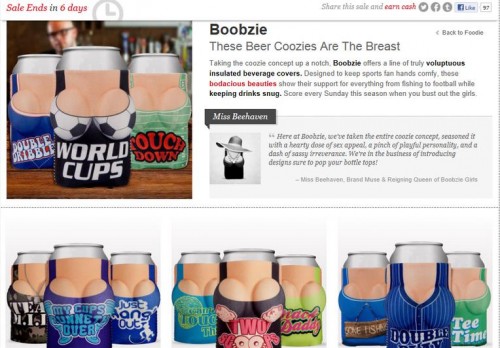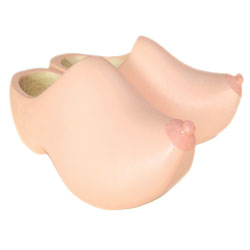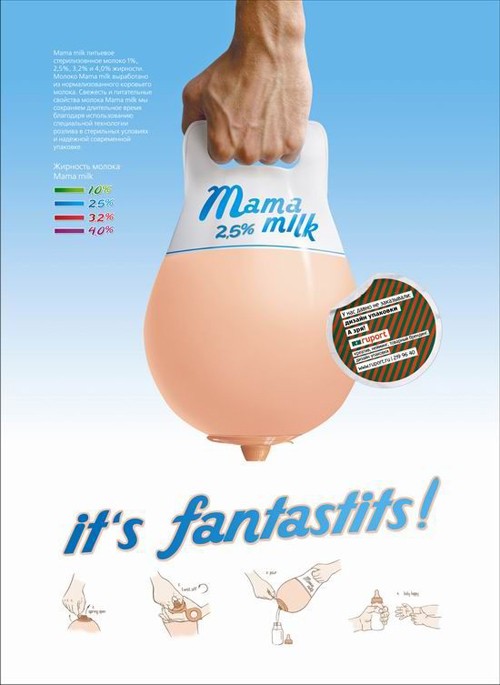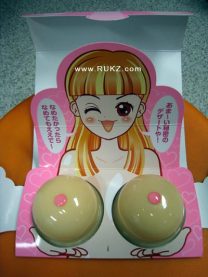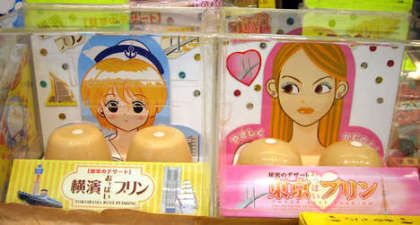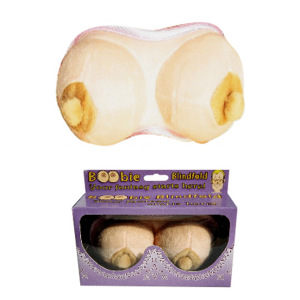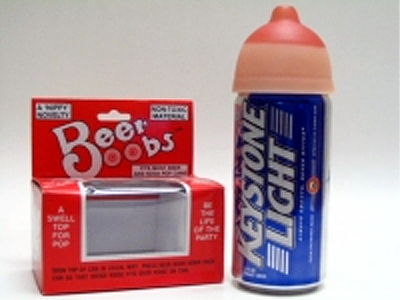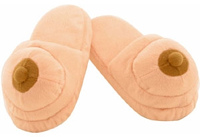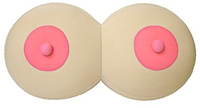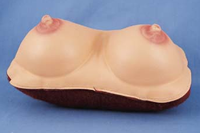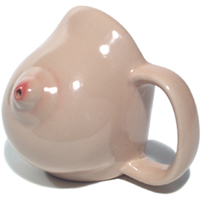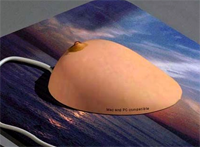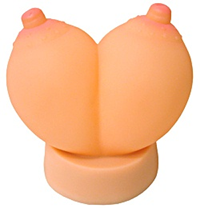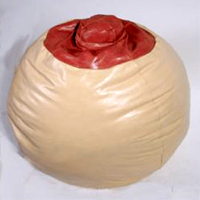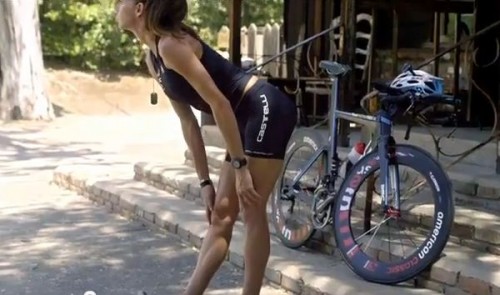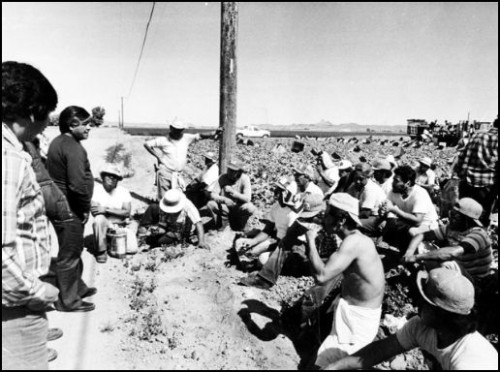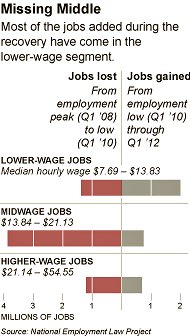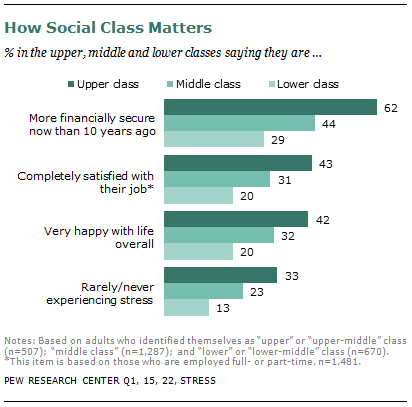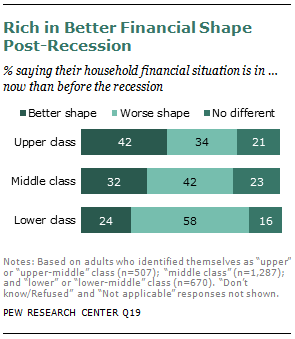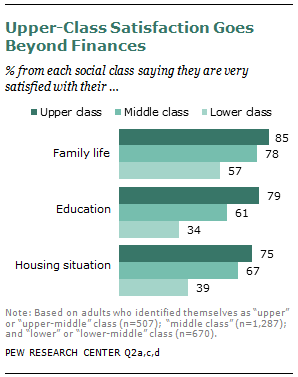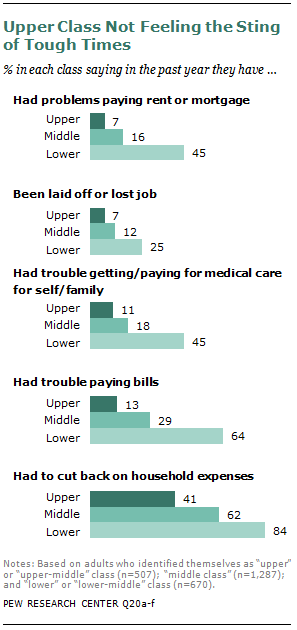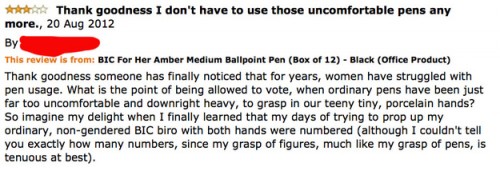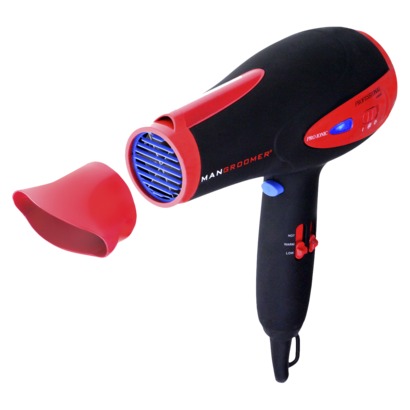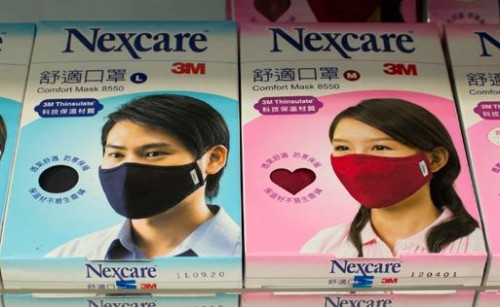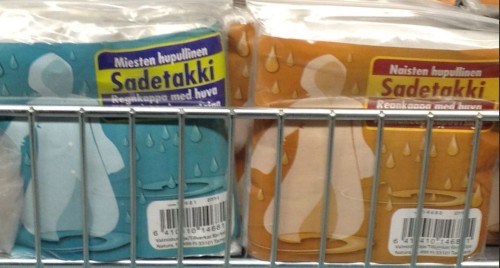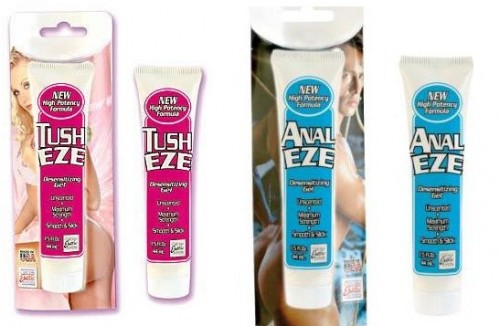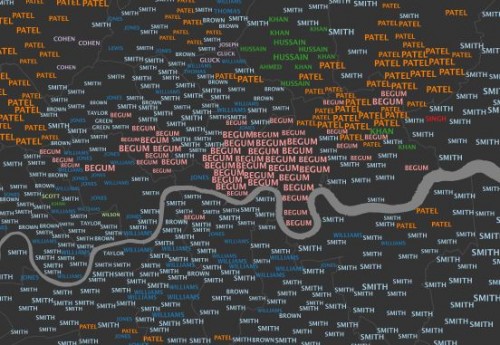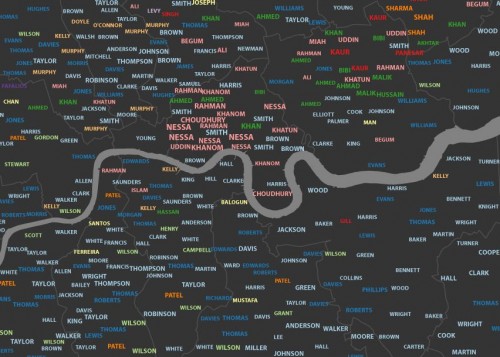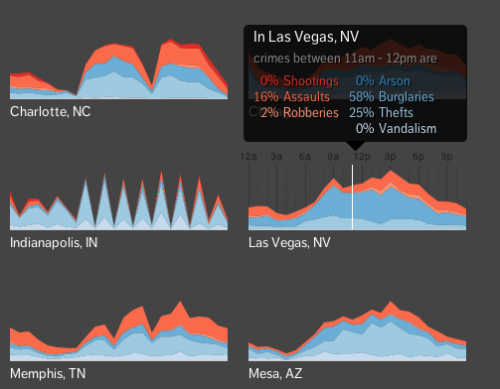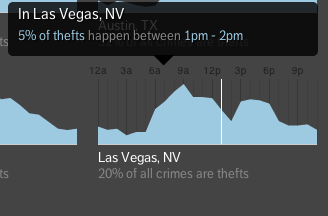A new submission from Rucha S. inspires me to bring back our 4-year-old boob products post. Hers is added last, so enjoy the scroll!
Sent in by Jessica F. and found at Trend de la Creme. Boob hot water bottles:
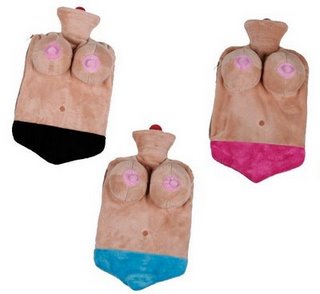
Boob ice cubes:

A boob/rocket-shaped “stress toy”:
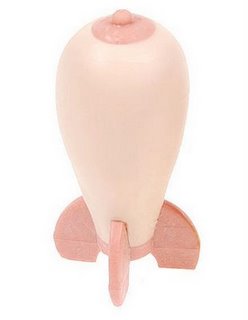
The boob glasses don’t even make sense:
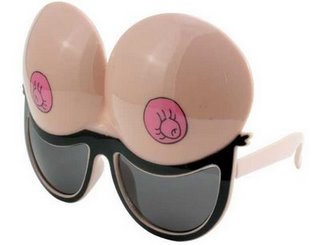
Taylor S. sent us this picture of “boob stress relievers” sold at a flea market:
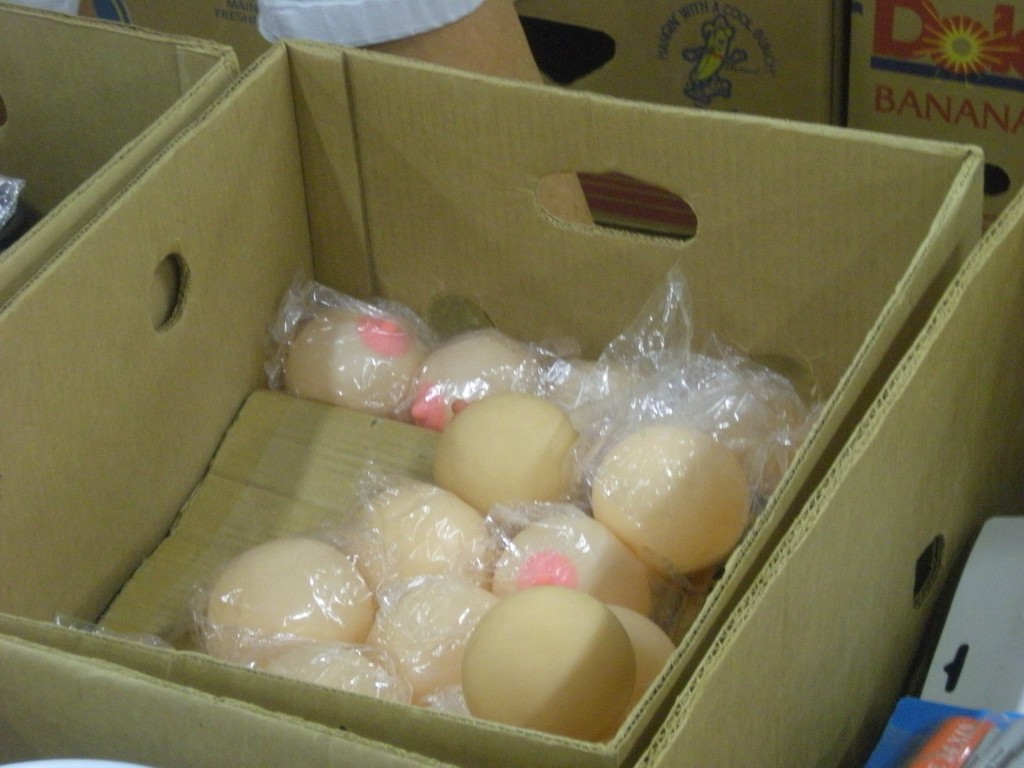
Pitseleh S. found these boob clogs at boinkology. You can also get these clogs with piercings or tattoos.
In comments to another post, Tim pointed us to this ad:
Many, many more after the jump.
These desserts, sent in by Breck C., are for sale in Japan:
You open the flaps on that image to see this next one–get it? It’s like a bra!
They provide several different girls, I guess to suit various tastes. The one on the left here is apparently for those who like their boobs square-ish. The one on the right is presumably for those who like prefer their women to be bored/irritated.
Laura L. sent this one:
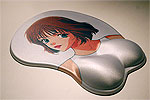
I found these here thanks to a hint from Stumblng Tumblr.
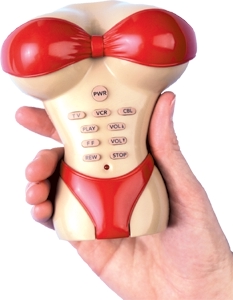
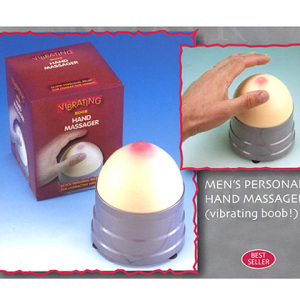
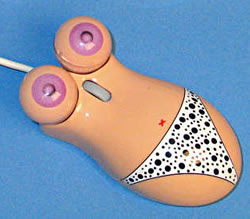
Boob blindfolds:
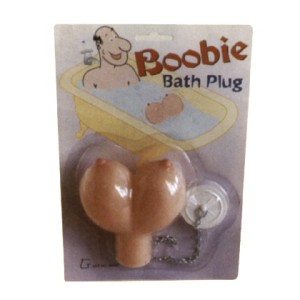 I stole the next set from Shakesville. Believe it or not, there are even more there.
I stole the next set from Shakesville. Believe it or not, there are even more there.
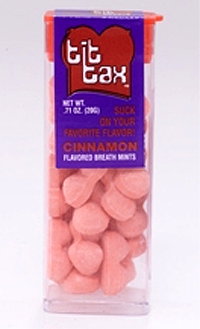
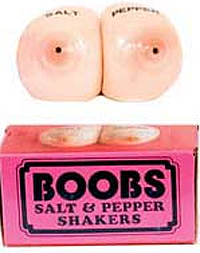
Shower dispenser:
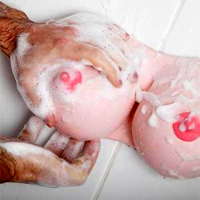
Boob pillows:
Also boob pillows:
Boob lamp:
Boob beanbag:
Indeed, a boob bong:
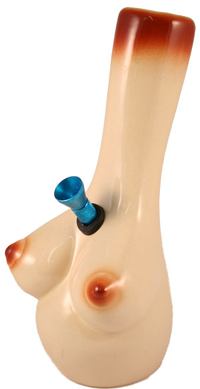
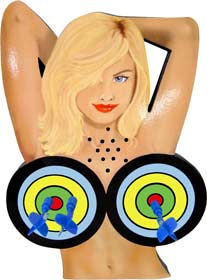
Breck C. sent in this image:

Over at Jezebel, they offered this photo essay of a tit-shaped milk “carton”:
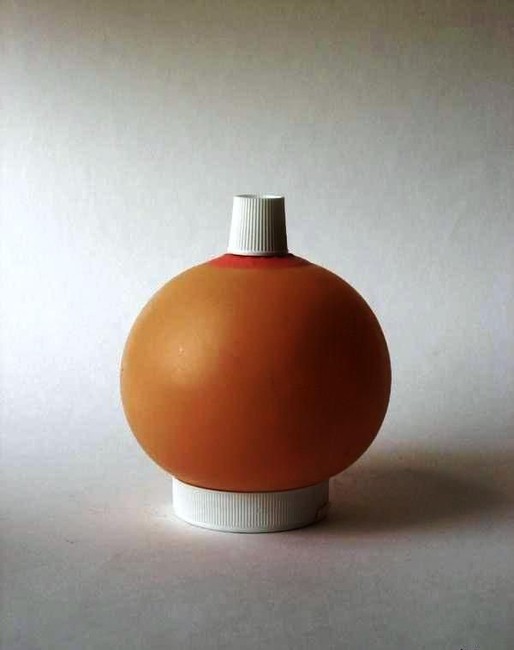




Dmitriy T.M. sent in a boob scarf for sale at etsy.com. Basiorana notes that:
The boob scarf is made by Heather Cushman-Dowdee, a lactation activist, as a way to bring awareness to the non-sexual nature of breasts. She wishes them to be used to distract people from mothers who are nursing in public, and to bring awareness to the ridiculousness of anti-breastfeeding laws. Unlike the rest of the items in [this] post, her scarves are explicitly NOT intended to be sexual, and her intended audience is fellow nursing activists who wish to desexualize breasts.
She has a couple comics explaining their intent on her website, mama-is.com
Finally, Rucha S. sent along these Boobzie’s, can cozies to keep your beer warm: